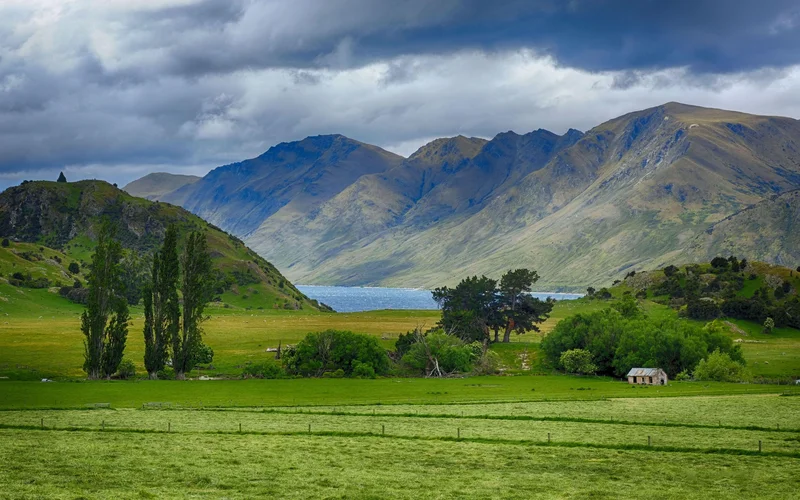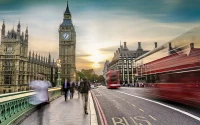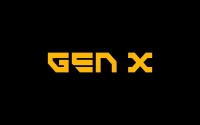Alright, let's dissect this Kamo Wildlife Sanctuary situation. Seven lions facing euthanasia because of financial woes? It's a grim headline, but the devil, as always, is in the details. The sanctuary, a privately owned operation in Whangārei, New Zealand, closed its doors and cited a sale of the property by Bolton Equities as the catalyst. The initial plan was to euthanize all seven lions, aged 18 to 21, deemed too difficult to relocate humanely due to their age and complex needs (or, more likely, the cost associated with such a move). New Zealand wildlife park to euthanize 7 lions, citing financial troubles: "No real options left"
The Glimmer of "Hope": A Question of Viability
Then comes the pivot. Two lions, Imvula and Sibili, were euthanized due to "serious health conditions." Fair enough. But then, a "glimmer of hope" emerges for the remaining five, with talk of potential buyers interested in continuing the sanctuary. This is where the financial rubber meets the road. Vallance, the sanctuary’s operator, mentions the need for "significant capital investment." How significant? That's the question nobody seems to be answering with actual numbers. What’s the ballpark figure to keep this place afloat and those five lions fed and cared for?
Relocation, we're told, isn't viable. But let's think about this. "Not viable" from whose perspective? The sanctuary's, certainly. But what about a coordinated effort from multiple zoos or wildlife organizations? Are we really saying that globally, there isn't the capacity to absorb five elderly lions? Or is it that the upfront cost and logistical headache are simply too high for a sanctuary already in dire straits? (And let's be honest, sanctuaries often operate on razor-thin margins.)
The Legacy of "The Lion Man" and Lingering Questions
The article mentions the sanctuary's past connection to Craig "the Lion Man" Busch and subsequent animal rights abuse allegations. And this is the part of the report that I find genuinely puzzling. Busch’s involvement, the animal rights issues, the multiple changes in ownership, the 2009 mauling death – it all paints a picture of a facility with deep-seated, systemic problems that go far beyond a simple cash flow issue. The park had been ordered to close in 2014 until enclosures were upgraded, reopened in 2021, but went into liquidation in 2023. That's a two-year run before another collapse. Are we really surprised this place is in trouble?

The park also made an appeal for unwanted cows or horses to feed its big cats. They eat approximately three cows worth of meat each week, according to the sanctuary. So, a rough estimate: if a cow costs $1000 (and that's a low estimate), that's $3000 a week, or $156,000 a year just for food. Add in vet bills, staff, and the rest, and you're looking at a serious operation.
The ministry for primary industries (MPI) is involved, ensuring euthanasia is humane and in line with animal welfare law. That's the bare minimum, of course. But where was the oversight before things got this bad? Did the MPI have any mechanisms in place to monitor the sanctuary's financial health and prevent this crisis? Or was everyone content to look the other way until the inevitable happened?
The Social Media Sentiment: A Predictable Outcry
Unsurprisingly, social media is ablaze with outrage. People are pleading for a reprieve for the lions, while former staff are hoping the sanctuary will reconsider. Vallance, meanwhile, is receiving threatening and abusive comments. This is a classic case of emotional contagion. But let’s be clear: online petitions and angry comments don't pay for lion chow. What percentage of those expressing outrage are actually willing to put their money where their mouth is and contribute to a sustainable solution? Probably a tiny fraction.
A Predictable Tragedy Foretold
This isn't just a story about a wildlife park running out of money. It's a story about systemic failures, questionable oversight, and the harsh realities of animal conservation in a capitalist world. The "glimmer of hope" feels more like a PR move than a genuine prospect. Unless someone is willing to inject serious capital – and I mean serious, seven-figure capital – into this operation, those remaining five lions are living on borrowed time.









